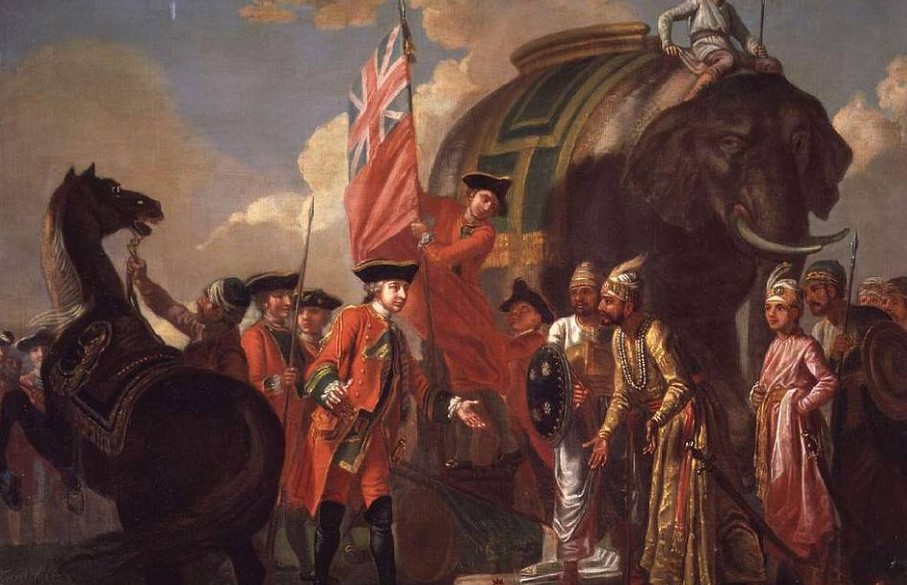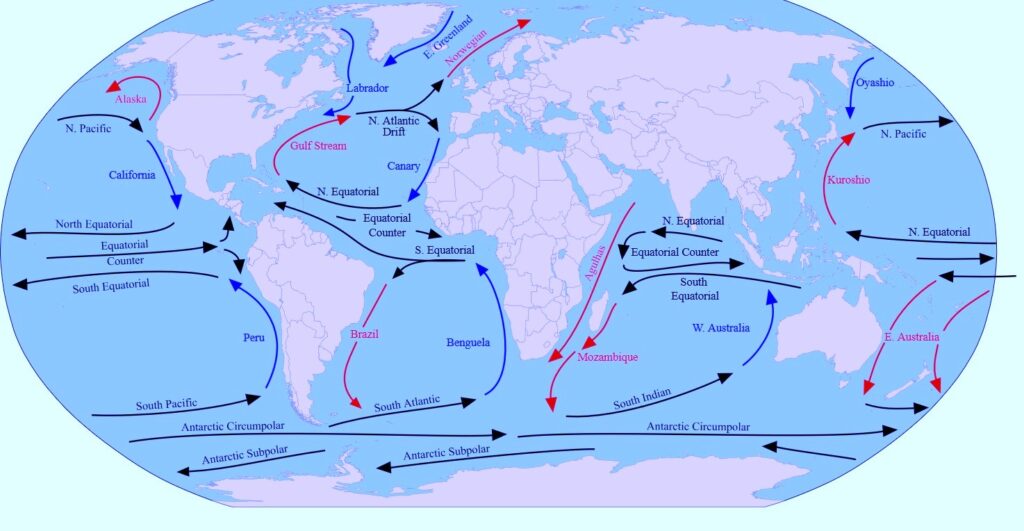Home » Archives for Anand » Page 5
Modern History MCQs – 6 (Revolt of 1857)
Revolt of 1857 MCQs with answers and explanations for preparation of UPSC, State PSCs and Other Examinations
1. Who among the following was the Governor General of India during the revolt of 1857 ?
(a) Lord Canning
(b) Lord Cornwallis
(c) Lord Wellesley
(d) Lord Dalhousie
Correct Answer – (a) Lord Canning
- Lord Canning was the Governor General of India during the revolt of 1857.
- Lord Canning took office as Governor General of India under the East India Company in 1856.
2. Revolt of 1857 was called the ‘First War of Independence’ by who among the following ?
(a) Vinayak Damodar Savarkar
(b) Mahatma Gandhi
(c) Bal Gangadhar Tilak
(d) None of the Above
Correct Answer – (a) Vinayak Damodar Savarkar
- The revolt of 1857 was first organized resistance against the British East India Company.
- The revolt is known by several names.
- It was called the ‘First War of Independence’ by Vinayak Damodar Savarkar.
- The British Historians called it ‘the Sepoy Mutiny’.
3. The revolt of 1857 was mainly started by ?
(a) The Sepoys
(b) The Zamindars
(c) The Peasants
(d)The Middle class
Correct Answer – (a) The Sepoys
- The revolt of 1857, a widespread but unsuccessful rebellion against British rule in India Began in Meerut by Indian troops (sepoys) in the service of the British East India Company.
- Later it spread to Delhi, Agra, Kanpur, and Lucknow.
- It broke out over the incident of greased cartridges.
- A rumor spread that the cartridges of the new Enfield rifles were greased with the fat of cows and pigs which hurt the sentiments of both Hindus and Muslims.
4. The revolt of 1857 began in which among the following places ?
(a) Bombay
(b) Meerut
(c) Plassey
(d) Delhi
Correct Answer – (b) Meerut
- The revolt of 1857 also called the Sepoy Mutiny began on 10 May 1857 at Meerut by the sepoys of the British East India Company’s army.
5. Consider the following places and the leaders of the Revolt :
1. Lucknow → Begum Hazrat Mahal
2. Kanpur → Nana Saheb
3. Jhansi → Rani Lakshmi Bai
Which of the above are correctly matched ?
(a) 1 & 2 only
(b) 2 & 3 only
(c) All of the above
(d) None of the above
Correct Answer – (c) All of the above
- In Lucknow, the revolt was led by Begum Hazrat Mahal.
- In Kanpur, the revolt was led by Nana Saheb. He was the adopted son of Peshwa Baji Rao II. He was helped by his able commander Tantia Tope.
- In Jhansi, the revolt was led by Rani Lakshmi Bai as the British refused to accept the claim of her adopted son to the throne of Jhansi.
6. Consider the following places and the leaders of the Revolt :
1. Bareilly → Kunwar Singh
2. Bihar→ Khan Bahadur Khan
3. Delhi → Bahadur Shah II
Which of the above are NOT correctly matched ?
(a) 1 & 2 only
(b) 2 & 3 only
(c) All of the above
(d) None of the above
Correct Answer -(a) 1 & 2 only
- Bahadur Shah II, the last Mughal emperor led the revolt in Delhi.
- In Bihar, the revolt was led by Kunwar Singh who belonged to a royal house of Jagdispur, Bihar.
- In Bareilly, the revolt was led by Khan Bahadur Khan.
7. Consider the following statements regarding the revolt of 1857 ?
1. The causes of the revolt were mainly economic.
2. The Doctrine of lapse was one of the reasons for the revolt.
Select the correct answer using the codes given below :
(a) 1 only
(b) 2 only
(c) Both 1 & 2
(d) None of the above
Correct Answer – (b) 2 only
- The causes of the revolt were not only economic but social and political also.
Political causes:
- Doctrine of lapse which did not allow local rulers to adopt their heirs.
Economic Causes:
- Collapse of local industries like textiles, metalwork, glass, and paper.
- Indian handicrafts lost domestic and foreign markets
- Exploitative land revenue policies of British and high burden of taxes on the cultivators
Social Causes :
- Britishers treated Indians with contempt.
- Interference in religion by the British.
Administrative causes:
- Discrimination in the army as Indian sepoys were given inferior salaries and the military ranks compared to their British counterparts.
8. Consider the following statements regarding the reasons for the failure of the revolt of 1857 :
1. Educated Indians did not support it.
2. Soldiers from Punjab and south India did not support the revolt.
Select the correct answer using the codes given below :
(a) 1 only
(b) 2 only
(c) Both 1 & 2
(d) None of the above
Correct Answer – (c) Both 1 & 2
- Reasons for the failure of the revolt of 1857:
- Lack of a unified ideology among the revolutionaries.
- Educated Indians did not support it as they believed that the British would lead the country towards modernization.
- No pan India unity among the soldiers as the soldiers from Punjab and south India did not support the revolt.
- Military Superiority of the British.
- Local nature of the revolt as eastern and southern India mostly remained unaffected.
9. Which among the following were the consequences of the great uprising of 1857 :
1. East India Company’s rule ended in India.
2. India now came under the direct rule of the British Crown.
Select the correct answer using the codes given below :
(a) 1 only
(b) 2 only
(c) Both 1 & 2
(d) None of the above
Correct Answer – (c) Both 1 & 2
Results of the revolt of 1857:
- East India Company’s rule ended in India.
- India now came under the direct rule of the British Crown.
- The office of the Governor General was replaced by that of the Viceroy.
- The rights of Indian rulers were recognized.
- The Doctrine of Lapse was abolished and the right to adopt sons as legal heirs by local rulers was accepted.
- The ratio of British officers to Indian soldiers increased in the army.
10. Sir Hugh Rose described who as ‘the best and bravest military leader of the rebel’ ?
(a) Begum Hazrat Mahal
(b) Rani Laxmi Bai
(c) Kuwar Singh
(d) Bahadur Shah Zafar
Correct Answer – (b) Rani Laxmi Bai
- During the revolt of 1857, Hugh Rose led the British forces against Rani Lakshmibai and Tantia tope and defeated them.
- Later in his report, Hugh Rose commented that Rani Lakshmibai was the best, bravest and most dangerous of all Indian leaders.
11. Who among the following was the Mughal emperor of Delhi during the revolt of 1857 ?
(a) Begum Hazrat Mahal
(b) Shah Alam II
(c) Jahandar Shah
(d) Bahadur Shah Zafar
Correct Answer – (d) Bahadur Shah Zafar
- Bahadur Shah Zafar was a nominal and last mughal emperor of Delhi.
- He was the mughal emperor of Delhi during the revolt of 1857.
- Following his involvement in the Indian Rebellion of 1857, the British exiled him to Rangoon after convicting him on conspiracy charges.
More questions are coming soon. Join us on Whatsapp for latest updates: Join CivilsCracker on Whatsapp







